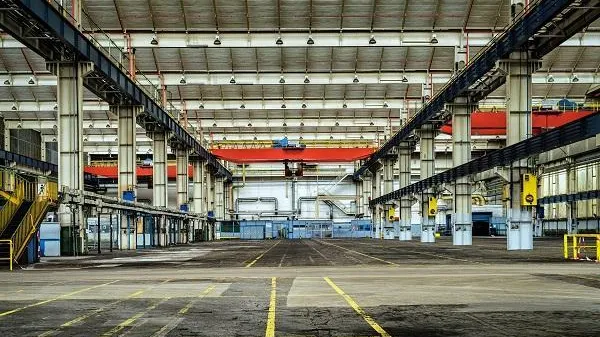
How these crucial events will impact the future of Singapore’s industrial sector
Rents are expected to increase by 2-3% in 2022.
A recent report by Savills says several micro and macro events will impact the future of Singapore’s industrial and logistics market. Micro events include emerging industries which are taking root in the country.
“Notwithstanding the surge in supply in 2022, the overall occupancy rate is likely to stay unchanged as the increase could be matched by strong demand from these industries. Especially with a greater emphasis on healthcare, technology and digital transformation, new economy sectors such as biomedical sciences, digital and technology, continue to expand in Singapore.”’
Here’s more from Savills:
The vacancy level in areas like one-north are likely to remain tight with demand coming from companies engaged in technology and biomedical research and development (R&D). This has not gone unnoticed amongst landlords and 1 Science Park Drive is set to be redeveloped into a life science and innovation campus.
Scheduled to complete by Q2/2025, the new campus will comprise three interconnected Grade ‘A’ buildings with over 1.2 million sq ft of new business park space. Around 860,000 sq ft, accounting for 71% of the total business park space, will be allocated for wet labs to accommodate biomedical R&D activities. Going forward, rents for prime business park space are likely to be lifted upon completion of such rejuvenation of older business park developments.
On the macro front, while the disruptions wrought by SARs-CoV-2 continue to afflict the office, retail and hospitality sectors, industrial and warehousing continue to push against the tide of negativism. In fact, the uncertainty levels across many of the economic sectors are benefiting these sectors. In the quarters ahead, the ramping up of economic activity in major commodity producing and manufacturing export powerhouses will continue to be plagued by supply chain problems.
The supply side struggles to sate the demand for consumer goods which are continuing to break records as developed economies begin unlocking themselves from a prolonged period of prohibition. During the period of pandemic isolation, consumers got addicted to ecommerce, spurring demand for consumption goods.
Within the supply chain industry, issues ranged from crews of container ships suffering from burnout syndrome having remained for months onboard container carriers and prevented from on-shore visits due to strict pandemic measures; major ports becoming choke points as they lacked the efficiencies of the Amazonian order taking-distribution process during a time when ecommerce is experiencing exponential growth; modern container ships are now two or three times bigger than they were 10 to 15 years ago, creating a choke point during offloading; a shortage of truck drivers and a bunching up of containers in inland depots or stacking up at cargo ports.
This year’s Black Friday (November 26) and the year-end festive season will compound the COVID induced logjam further. That is not the end of the story. The rollout of new consumer products has driven up the demand for semiconductors. Before the start of the pandemic, the world was already in a tech boom. The strict lockdown measures in 2020 and 2021 threw both supply and demand badly off kilter.
Across the board, primary and secondary inputs to the manufacturing process are seeing sharp increases in prices. From the shipping cost of a 40-foot container to semiconductor prices, since 2019, all have increased substantially. Even crude oil prices are about 50% higher than they were at the start of 2019. For gains like wheat and corn, although global prices are not at record levels, they are closing in on their respective seven to eight-year highs.
Today, both supply chain and semiconductor industry experts appear to hold the view that chaos in their respective markets will only be resolved by early-2023. The upshot of this logjam is inflation and how long this will last will have a direct impact on our industrial and warehousing sectors.
Inflation is given a boost when in the US, money supply growth is still at rates significantly higher than pre-pandemic times. Also, consumer credit there has been rising strongly on an annual basis with no signs of a let up in demand because salaries in Q3/2021 increased by 1.5% QoQ, the highest in 20 years.
Nevertheless, it must be added that while demand in developed economies is growing, the constraints are building to a point where it has begun to hinder expansion. This would cap global GDP growth. However, even if economic growth tapers, it may not impact the industrial and logistics sector globally because the need to stockpile has become paramount.
The same is true for Singapore but the reason has a slight twist. The litany of problems confronting major economies originated from the large production and end-demand countries, for example US consumer demand shot up due to pent up demand as states started to loosen movement restrictions, ports and semiconductor plants shut down during the pandemic etc.
Their impact on Singapore is one where businesses supply to the domestic market needs to take account of the uncertainties surrounding supply and prices. The need to smooth over supply hiccups and combat inflation should therefore lead to greater demand for warehouse space.
If inflation becomes endemic, besides hedging against future price increases by stockpiling merchandise, expect businesses to also attempt to profiteer by building in anticipatory price increases. However, for the next one to two quarters, the impact of inflation on rents is not one-one because the ability of tenants to pay much higher rents is still weak.
It is weak because the delays in meeting production or construction deadlines plus rises in material prices cannot be fully passed through to the customer because many are caught in contracts signed during preCOVID days which have limited scope to adjust for cost variations. Beyond that, businesses which made it through these tough times, will be those which are stronger and have a better ability to pay higher rents.
On the capital markets side, sellers may withdraw from the market as they may find replacement premises coming at a higher price or rent and this would move prices of industrial and warehousing space up.
In view of the dynamics surrounding the rental and capital markets, we are forecasting rents in 2022 to rise by 2.0% to 3.0% with capital values rising between 3.0% to 5.0%. Warehousing space would see rental increases clustered around the higher end of the range and buildings with longer land lease terms remaining experiencing greater price appreciation.
In summary, because both micro and macro forces are looking down favourably on the industrial and logistics sectors, the downside risk in 2022 is reduced considerably.




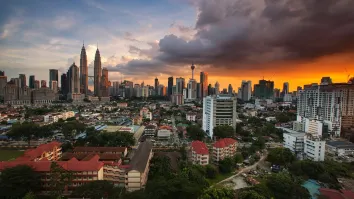
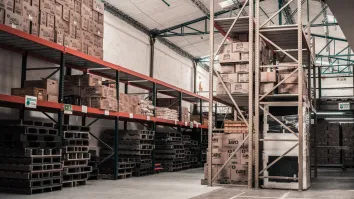

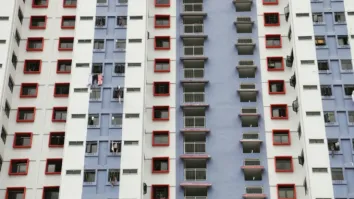








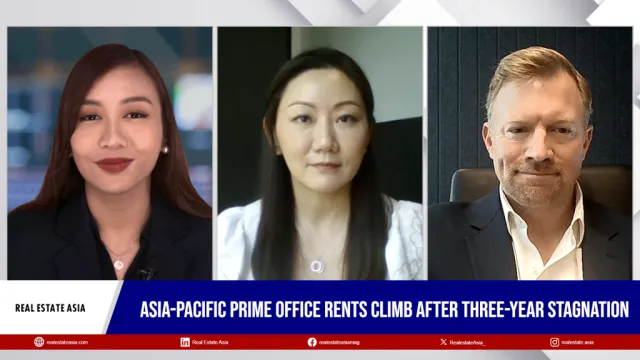

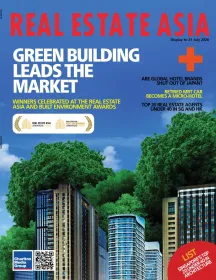
 Advertise
Advertise




